-
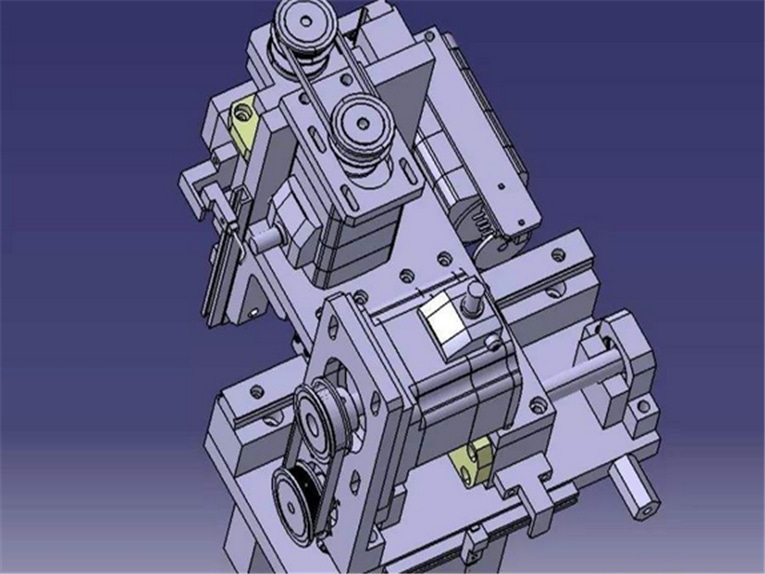
6 things small manufacturers need to know about Cartesian robots
Load, Accuracy, Stroke, Controller, Driver and Supplier. 1. They handle heavier loads—A 20 kg payload is no problem for a Cartesian robot, which makes money savings possible by downsizing mechanics, using smaller components and less complex controls. 2. They fit tough orientations—A Cartesian ro...Read more -
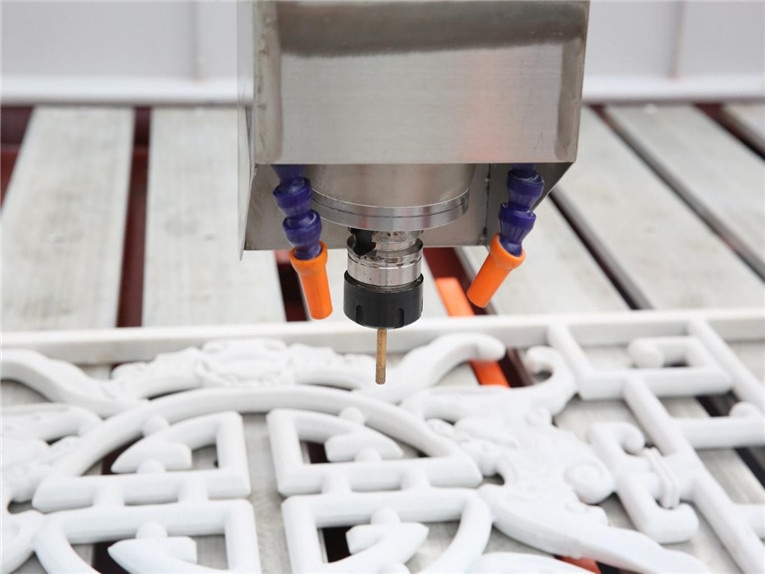
Doing the Heavy Lifting: When Cartesian Robots Make the Most Sense
Terminator Size Robot is Ok? Compared to a Cartesian robot, a SCARA or six-axis system will generally deliver higher performance out of the box at a higher cost and with greater programming requirements, but with a smaller footprint, less weight and less rigid arm extension. On the other hand, a...Read more -
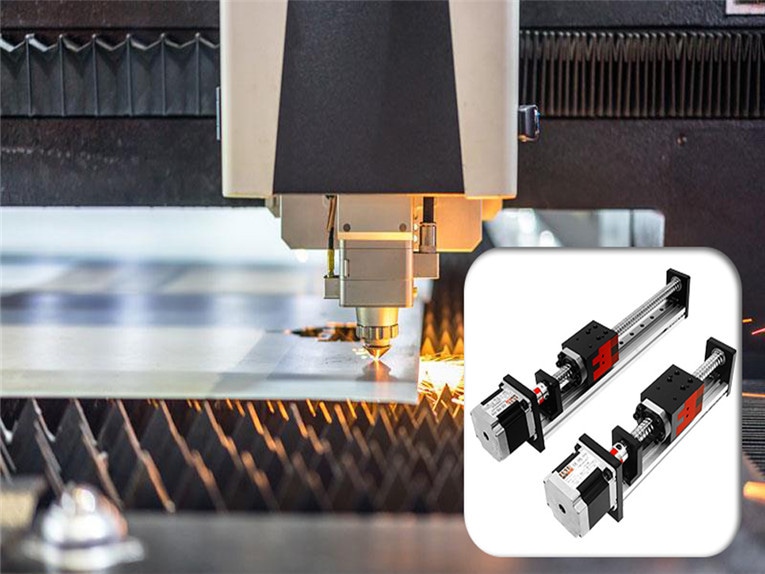
What are the main types of linear actuators?
Belt-driven/Screw-driven/Pneumatically driven/Rack-and-pinion driven/Linear motor driven 【Belt-driven and screw-driven actuators】 Although belt and screw drives are different technologies, it makes sense to put them in the same category because they are the two most common types of electromech...Read more -
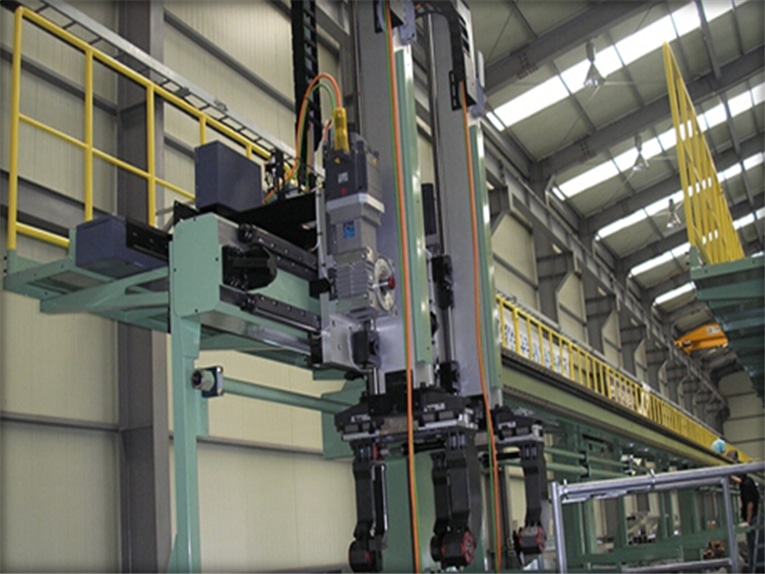
What’s the Difference Between Serial Kinematics and Parallel Kinematics in Multi-axis Motion Design?
We are solving the positioning problem. Today’s positioning tables and stages include hardware and software that’s more customized than ever to satisfy specific output requirements. That’s made for motion designs that move accurately through even complicated multi-axis commands. Precision feedba...Read more -
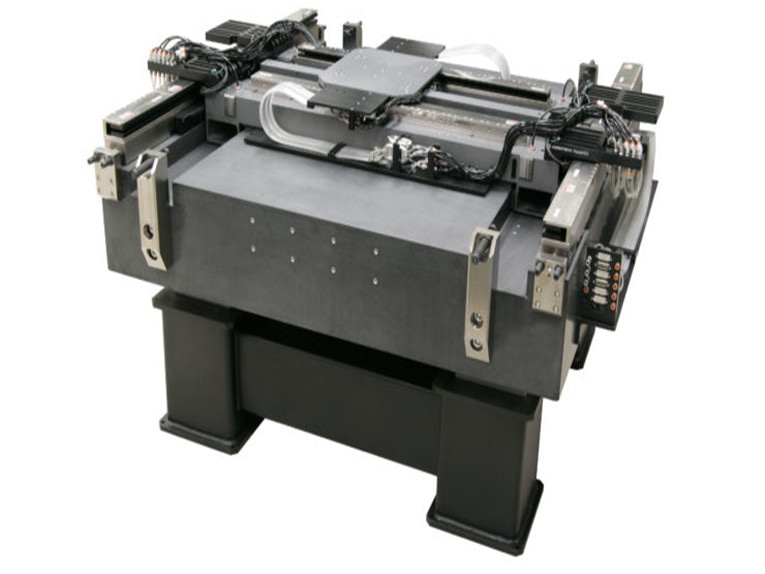
A Selection Guide for Linear Systems
Multi-axis Stages and Tables Gone are the days when machine designers and builders had to choose between constructing their own linear system from scratch or settling for a limited range of pre-assembled systems that, in most cases, were an imperfect fit for their application. Manufacturers toda...Read more -
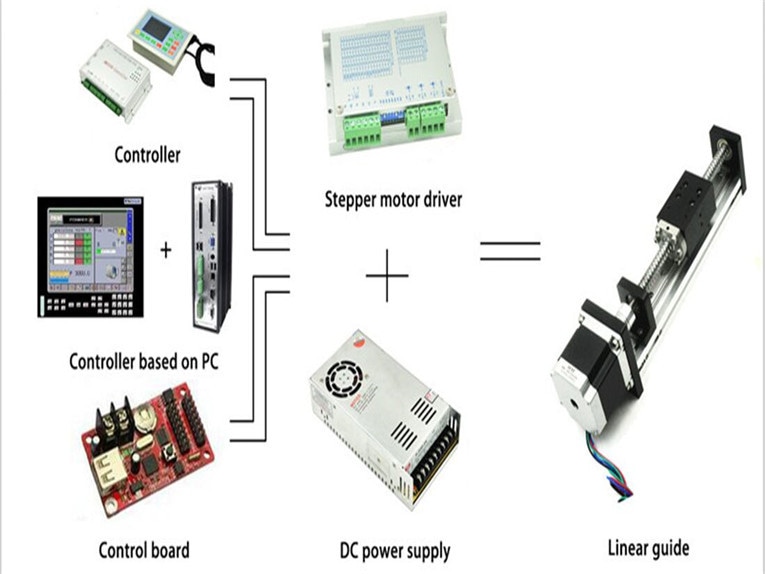
Robotics or Motion Control? That is the question.
10 Questions to Help Decide. Though the lines can often be blurred, robotics and motion control are not the same thing. They are closely related in many ways, but robots lean towards more “pre-engineered” solutions while motion control leans towards more modular solutions. This small but ...Read more -
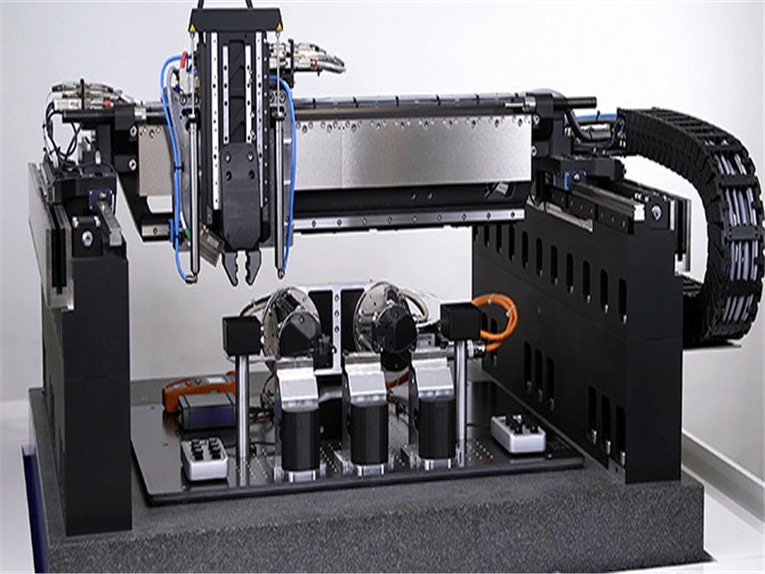
Tips for selecting pre-engineered Cartesian robots
3 Steps to Design Your Linear Positioning System Cartesian robots operate in two or three axes along the Cartesian coordinate system of X, Y, and Z. While SCARA and 6-axis robots are more widely recognized, Cartesian systems can be found in nearly every industrial application imaginable, from se...Read more -
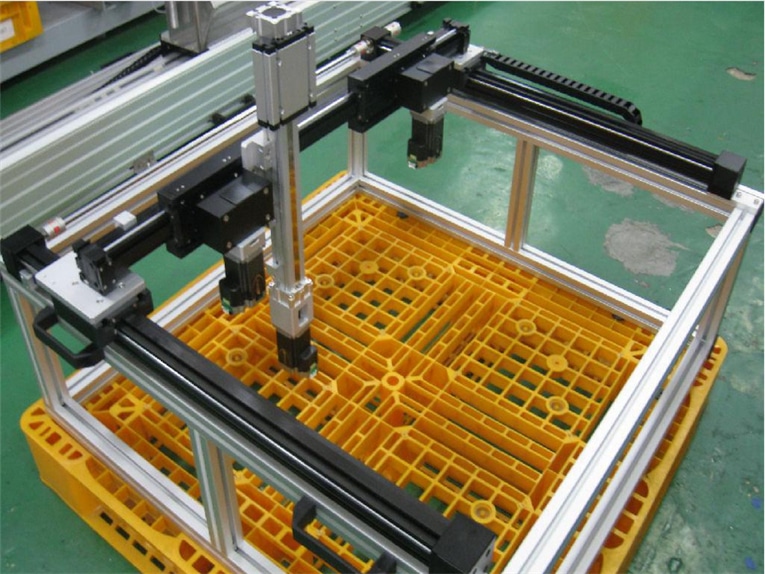
What are Planar Errors and How Do They Affect the Accuracy of a Linear Motion System?
Linear, Angular and Planar Errors. In an ideal world, a linear motion system would exhibit perfectly flat, straight motion and reach the intended position with zero error every time. But even the highest precision linear guides and drives (screws, rack and pinions, belts, linear motors) have som...Read more -
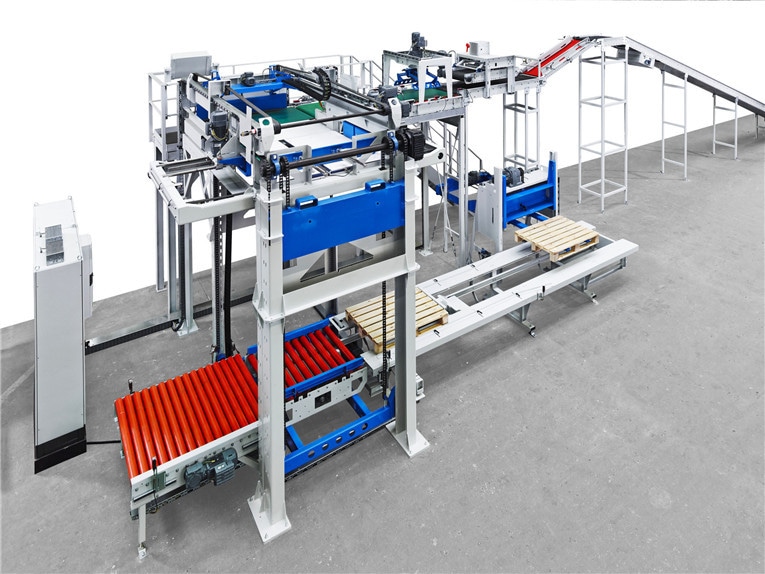
Swiss Army Knife for Industrial Automation
Common Applications for Linear Rail Guides Linear rails are the backbone of many industrial applications, providing low-friction guidance and high stiffness for loads that can range from just a few grams to thousands of kilograms. Their range of sizes, accuracy classes, and preloads mak...Read more -
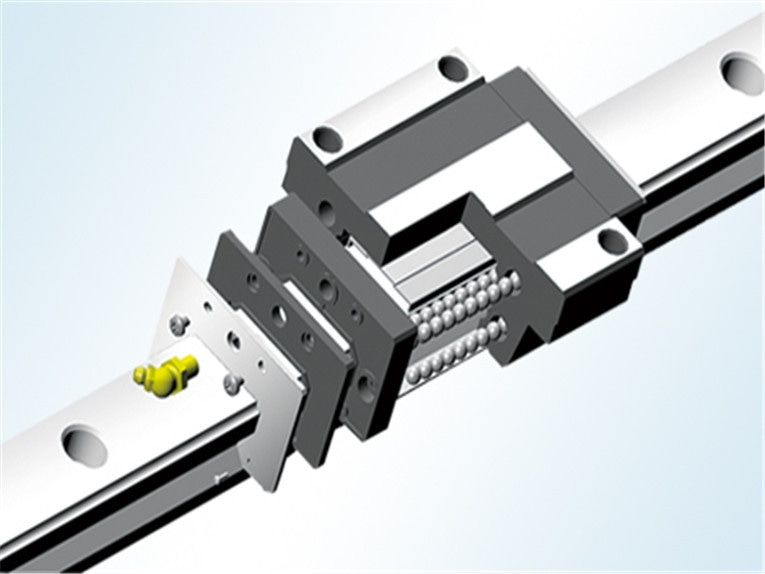
Why Use Linear Guides and Ball Screws with Ball Chains?
Key Design Character for Your Linear Motion System One of the differences between radial ball bearings and recirculating ball linear guides has historically been that radial bearings typically use a cage to separate the balls and control their movement, whereas profiled rail guides did not. But ...Read more -
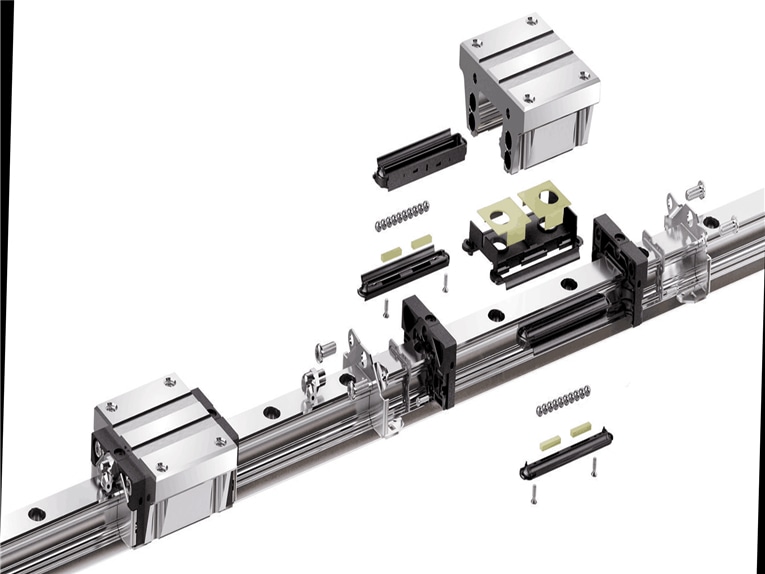
What are the Differences Between Plain and Rolling Linear Guides?
Make a Good Choice for Your Linear Positioning System A linear guide (or linear bearing) is a mechanical element that allows relative motion between two surfaces, with one surface supporting the other, and minimum friction between the two. There are two basic types of linear guides: plain and ro...Read more -
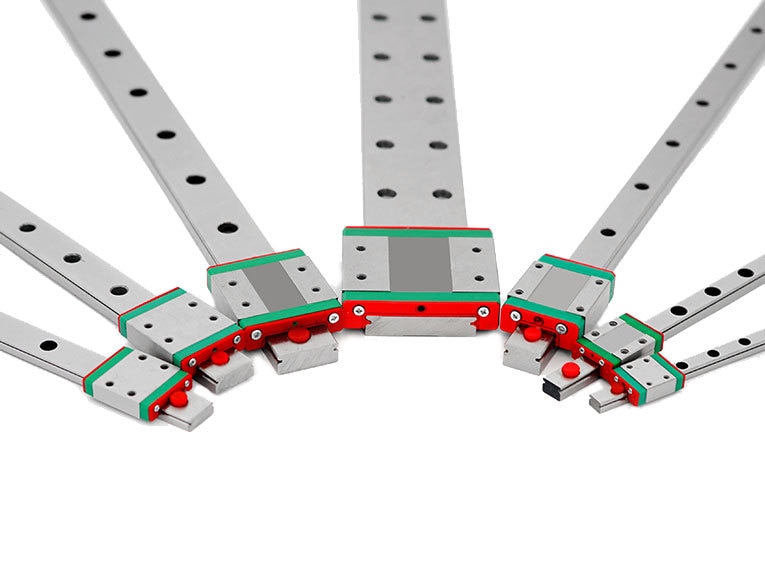
Three efficient ways to reduce maintenance costs for linear systems
Replacing a linear guide carriage or replacing a full carriage and rail assembly. Inadequate lubrication can cause bearing failure. But while lubrication is the most important maintenance factor in linear bearing life, there are other things that users can do to reduce maintenance costs and ensu...Read more







